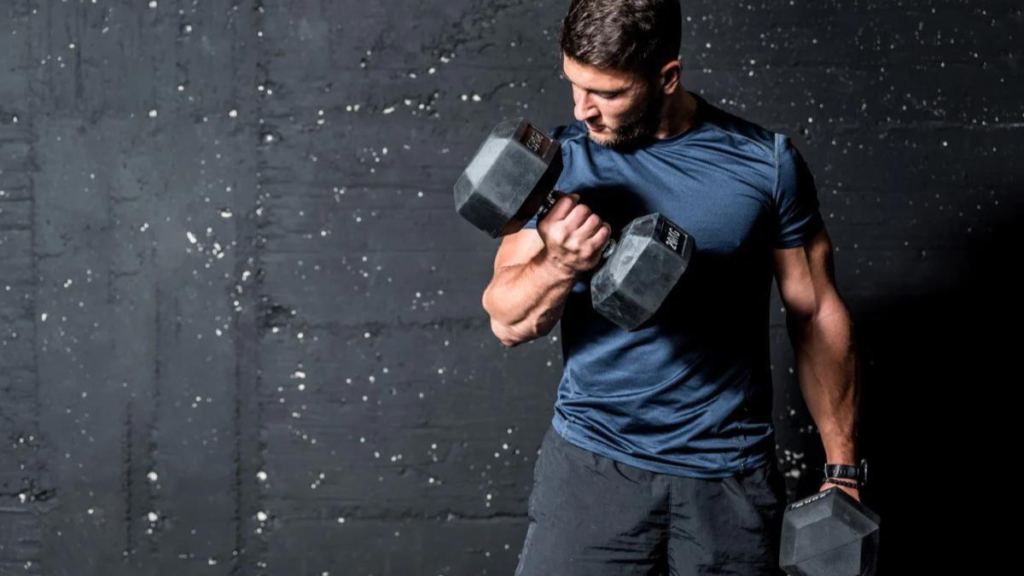Compression shirts are form-fitting garments made from a blend of spandex, nylon, or polyester that apply consistent pressure to specific areas of the body, supporting muscles, improving blood circulation, and reducing muscle vibration during physical activity. They offer muscle support, enhanced blood circulation, increased oxygenation, and temperature regulation. Performance benefits include improved power and strength during resistance training, faster recovery between workouts, and reduced muscle soreness. To choose the right compression shirt, consider factors such as fit and size, material and breathability, and compression level. Whether you’re an athlete or a gym-goer, compression shirts can be a valuable asset in achieving fitness goals.
Understanding Compression Shirts
Compression shirts are form-fitting garments typically made from a blend of spandex, nylon, or polyester. The key feature of these shirts is the application of consistent pressure to specific areas of the body. This pressure is intended to support muscles, improve blood circulation, and reduce muscle vibration during physical activity.
Muscle Support
One of the primary benefits of compression shirts is the support they provide to muscles. The gentle pressure applied by the shirt helps to stabilize and reduce the oscillation of muscles during movement. This can be especially beneficial during high-impact activities, such as running or weightlifting, as it may contribute to improved muscle efficiency and reduced fatigue.
Enhanced Blood Circulation
Compression shirts are designed to promote better blood circulation, facilitating the delivery of oxygen and nutrients to the muscles. The compression stimulates the flow of blood, helping to reduce the buildup of lactic acid and other metabolic byproducts that can contribute to muscle soreness. Improved circulation is crucial for enhancing endurance and overall athletic performance.
Increased Oxygenation
The compression provided by these shirts aids in increasing oxygenation to the muscles. Oxygen is a vital component in the process of energy production, and by ensuring a more efficient supply, compression shirts may contribute to improved stamina and delayed onset of muscle fatigue. This can be particularly advantageous for athletes engaged in prolonged activities such as marathons or endurance cycling.
Temperature Regulation
Many compression shirts are designed with moisture-wicking technology, helping to regulate body temperature during physical activity. The fabric draws moisture away from the skin, promoting evaporation and keeping the body cool. This feature is especially beneficial for athletes participating in intense workouts or outdoor sports, where temperature control is essential for optimal performance.
Performance Benefits
Athletes across various sports have reported experiencing enhanced performance when incorporating compression shirts into their training routines. While individual responses may vary, the following performance benefits are commonly associated with the use of compression shirts:
Improved Power and Strength
The muscle support provided by compression shirts can lead to improved power and strength during resistance training. By stabilizing key muscle groups, athletes may find it easier to generate force and maintain proper form, ultimately contributing to gains in strength and power.
Faster Recovery Between Workouts
Compression shirts are not only valuable during workouts but also in the post-exercise recovery phase. The enhanced blood circulation and reduced muscle vibration promoted by compression shirts can accelerate the removal of metabolic waste products from the muscles, aiding in faster recovery between training sessions.
Reduced Muscle Soreness
One of the most commonly cited benefits of compression shirt’s is their potential to reduce muscle soreness. The compression helps minimize muscle damage during exercise, leading to less inflammation and soreness afterward. This can be particularly advantageous for athletes with a high training frequency.
Choosing the Right Compression Shirt
Not all compression shirts are created equal, and selecting the right one depends on various factors, including the intended use and personal preferences. Consider the following tips when choosing a compression shirt:
Fit and Size
Ensure that the compression shirt provides a snug yet comfortable fit. Avoid shirts that are too tight, as they may restrict movement and cause discomfort. Pay attention to sizing charts provided by manufacturers to find the right fit for your body.
Material and Breathability
Choose a compression shirt made from breathable materials that wick away moisture. This is crucial for temperature regulation and comfort during intense workouts. Look for shirts with mesh panels or ventilation zones to enhance breathability.
Compression Level
Different compression shirts offer varying levels of pressure. While some individuals may prefer a higher level of compression for maximum support, others may find a moderate compression level more comfortable. Experiment with different compression levels to determine what works best for you.
Conclusion
Compression shirts have become a staple in the athletic and fitness community, offering a range of benefits that extend beyond aesthetics. From muscle support to enhanced blood circulation and improved performance, these garments play a crucial role in optimizing athletic endeavors. As with any fitness gear, it’s essential to choose the right compression shirt based on individual needs and preferences, ensuring a comfortable and effective addition to your training routine. Whether you’re a seasoned athlete or a casual gym enthusiast, the science behind compression shirts suggests they may be a valuable asset in achieving your fitness goals.







